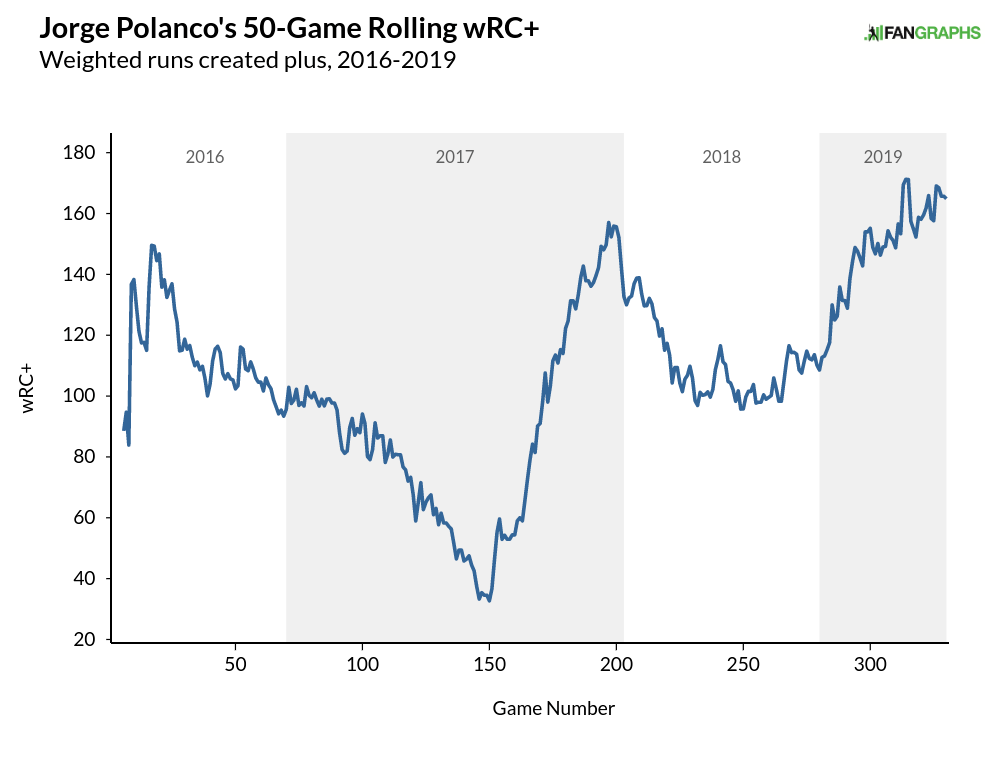Job Posting: Minnesota Twins Baseball Systems Data Quality Engineer
Position: Data Quality Engineer, Baseball Systems
Location: Minneapolis, MN
Description:
The Minnesota Twins are seeking a Data Quality Engineer to join the Baseball Research and Development group. This position offers wide-ranging exposure to current programming methods and frameworks in a fast-paced agile environment. With creativity and passion, this candidate will collaborate with the Baseball Operations staff to ensure good data hygiene across a growing set of disparate data sources. This position requires an intuitive and exacting passion for data detective work. By identifying patterns that affect data quality and by working directly with data scientists, the candidate will help to develop, deliver, and maintain tools to enhance model and decision accuracy. This position requires independent curiosity and a commitment to achieving excellence within a team framework. Strong communication and interpersonal skills will enable the candidate to enjoy engaging relationships with product users.
Essential Duties and Responsibilities:
- Build data quality assurance tools and procedures to identify and correct data inaccuracies.
- Design, maintain, and support data warehouses for reporting and analysis.
- Develop, optimize, and automate data workflows and pipelines ensuring data integrity and quality from external data integrations.
- Support the individuals of the Baseball Operations team by providing assistance and education on best practices when querying the data warehouse.
- Work with data scientists to ensure models and analyses follow best practice for accessing the data and are properly integrated into scheduled data processing workflows.
- Explore emerging technologies and recommend new tools and techniques for collecting and processing data.
- Develop visualization tools and reports that showcase research findings in creative, effective ways for a variety of different end users and use cases.
- Use an agile software development approach for quick roll-outs combined with incremental improvement process to existing systems and environments.
- Provide courteous and timely first-level contact and problem resolution for all Baseball Department users.
Qualifications, Skills, and Abilities:
- Bachelor’s Degree in Computer Science, Data Engineering, or a related field or equivalent work experience.
- Software development experience, including requirements definition, design, development, testing, implementation, and iterative improvement.
- Expertise with SQL, relational databases, database design, and data cleaning techniques.
- Ability to process and transform data from a variety of sources and formats.
- Experience with C#, Java, Python, R or other similar language that interacts with data.
- Knowledge of data visualization packages such as Plotly or ggplot is a plus.
- Proficiency evaluating and improving the performance of SQL queries.
- Understand software development best practices and long-term maintainability of code.
- 2+ years of relevant work experience.
- Strong work ethic, curiosity, initiative, and problem-solving skills.
- Open mindedness to learn new technologies and embrace different ways of thinking.
- Passion for baseball is preferred; passion for problem solving is required.
Physical Requirements:
- Ability to lift and transport items up to 55 lbs.
- Must be able to sit for extended periods of time.
- Must be able to move throughout all areas and levels of the ballpark.
- Ability to relocate to the Twins Cities area.
To Apply:
External applicants should apply using the application found here.
The content in this posting was created and provided solely by the Minnesota Twins.



